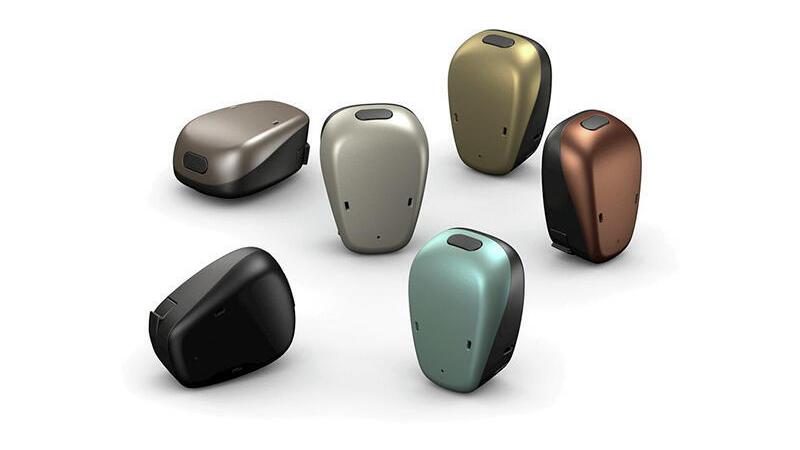I'll welcome myself back after a brief hiatus
Well, guys I completely lost my hearing in one ear so I ending up putting all my stereo rigs in the closet. Then I started to think about a mono rig. I stacked my Lintons from my TV setup on top of each other and it worked out pretty good. So I ordered a Tekton Perfect Set 2-12. Mostly because its a big box and has the tweeter at ear level. Now I had something. I’m still playing around but I’m running with a Antique Audio six-pac and a cheap Parasound preamp for now. so far so good.
- ...
- 32 posts total
@russ69 Hey, one channel rig has got to cost less! |
sorry to hear of your loss Bone-anchored hearing aids (BAHA) are surgically implanted devices that may partially restore hearing for people with certain types of hearing loss. BAHA hearing aids use vibrations through the bones in your skull to send sounds to your inner ear. ContentsOverviewProcedure DetailsRisks / BenefitsRecovery and OutlookWhen To Call the DoctorAdditional Common Questions OverviewWhat is a bone-anchored hearing aid (BAHA)?Traditional hearing aids amplify sound through your middle ear. In contrast, a bone-anchored hearing aid (BAHA) is a surgically implantable device. It sends soundwaves through the bones of your skull directly into the cochlea (a spiral structure in your inner ear that plays a key role in hearing). Another name for this device is bone-anchored hearing implant (BAI). While BAI is the medically correct term, people use BAHA and BAI interchangeably. A bone-anchored hearing aid may restore partial hearing in people with certain types of hearing loss or those who aren’t good candidates for traditional hearing aids. A BAHA traditionally consists of three parts:
Types of bone conduction hearing systemsThere are two main types of bone conduction hearing systems:
Your otolaryngologist (ENT) and audiologist can help determine which option is right for your situation. Bone-anchored hearing aid candidacy depends on several factors, including your age, medical history, type of hearing loss and personal preferences. During an office visit with your healthcare provider, you can try out a nonsurgical BCHA. This helps you get an idea of how this type of hearing system works before you have surgery. Conditions treated with BAHA hearing aidBAHA hearing aids may work for people with:
These types of hearing loss can result from conditions like:
To find out if you’re eligible for a bone-anchored hearing aid, talk to your healthcare provider. They can refer you to an otolaryngologist for an evaluation. Cochlear Baha System | Bone Anchored Hearing Solutionshttps://www.cochlear.com › products-and-accessories Experience improved sound quality with Cochlear Baha System - a unique, bone anchored hearing solution for those with SSD, conductive or mixed hearing loss. Baha® 6 Max Sound Processor · Baha® Implant · Baha® Start also look @
|
Thanks for the long and detailed explanation. I'm ahead of you however. I have a cochlear implant for my SSHL (single sided hearing loss). I'm not happy with the results, I think a BAHA would have been better for me. My implant sounds like an underwater transatlantic transmission with a poor connection and a busted tuna can for a speaker. I actually bought a BAHA that slips over my ears, It sounds reasonable but I don't use it often. I should wear it more. I'm not wearing my implant at all. Probably wont unless I lose all hearing. Thanx for the post. |
oh ok i wowo a cochlear for single sided ? well gosh is yours by cohlear ? i thought hey had made more advances! ( in quality ) so the coclear goes to deaf side ? how much do you have left in good ear ? my bro has 40% |
- 32 posts total


